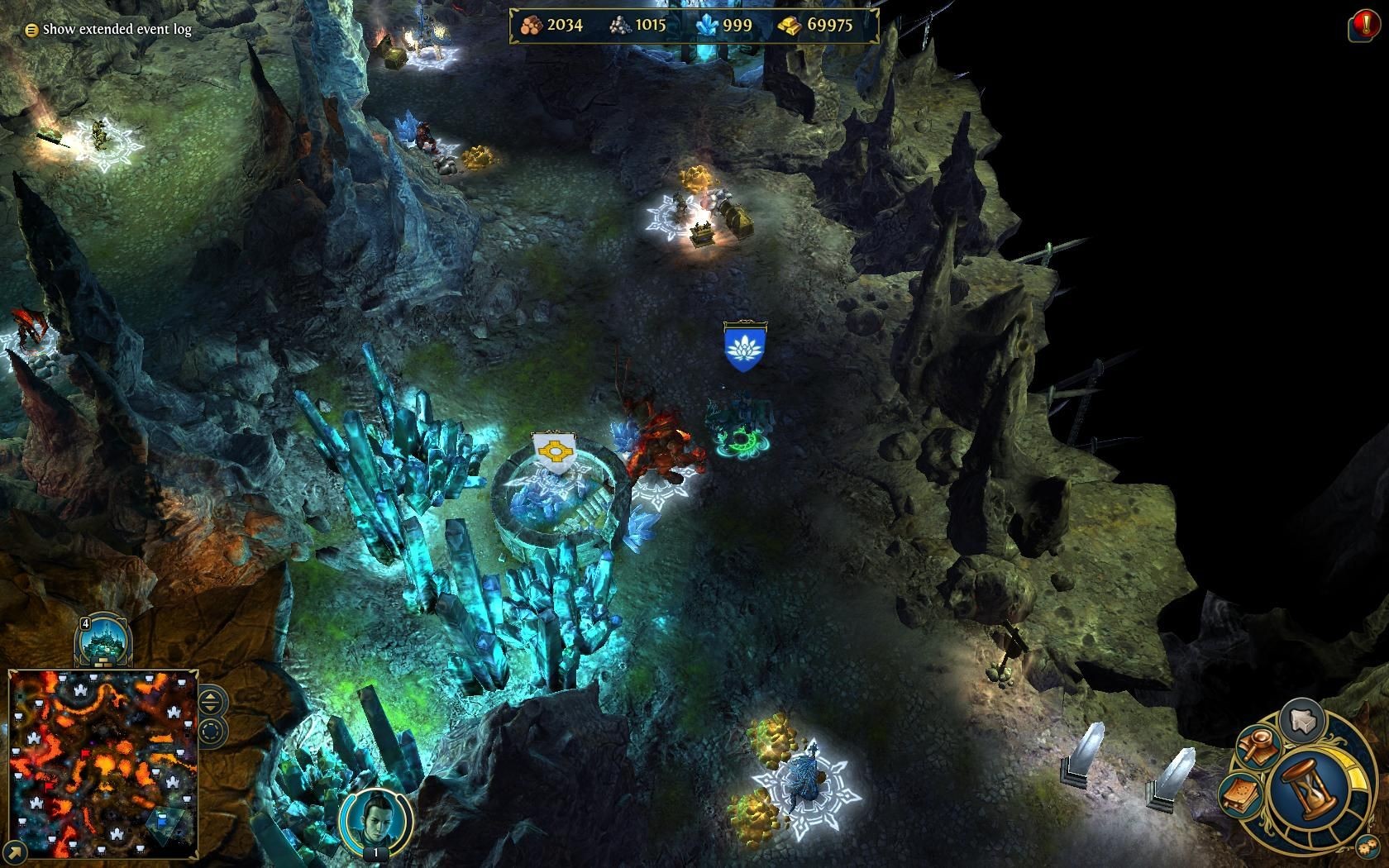Matsya Purana English Pdf

More: English to English translation of Matsya-Purana Matsya Purana (literally, the ancient chronicle of Matsya) is one of the oldest of the 18 post-Vedic Hindu scriptures called the Puranas. The scripture is a composite work dated to c. The Matsya Purana (IAST: Matsya Purāṇa) is one of the eighteen major Puranas (Mahapurana), and among the oldest and better preserved in the Puranic genre of Sanskrit literature in Hinduism. [1] [2] The text is a Vaishnavism text named after the half-human and half- fish avatar of Vishnu.
A Purana is a particular aspect of Hindu scriptural literature, which covers several topics such as history – political and otherwise – philosophy, sociological aspects and several other subjects. Essentially, it can be seen as a great bank of knowledge about esoteric subjects, as well as a historical document (with several distortions sometimes!) of India’s past. The Puranas are of two kinds: the Mahapuranas and the Upapuranas. Each class consists of eighteen puranas, bringing the total number of puranas to thirty-six. The Mahapuranas or “Great Puranas” are the more important ones, while the Upapuranas or “sub-puranas” are the minor ones are often neglected in study. The list of Mahapuranas include: 1. Skanda Purana consisting of 81,000 verses 2.
Padma Purana consisting of 55,000 verses 3. Naradiya Purana consisting of 25,000 verses 4.
Consisting of 24,000 verses 5. Varaha Purana consisting of 24,000 verses 6. Consisting of 23,000 verses. Garuda Purana consisting of 19,000 verses 8. Bhagavata Purana consisting of 18,000 verses 9.
Brahmavaivarta Purana consisting of 18,000 verses 10. Kurma Purana consisting of 17,000 verses 11. Agni Purana consisting of 15,400 verses 12. Matsya Purana consisting of 14,000 verses 13.
Bhavisya Purana consisting of 14,500 verses 14. Brahmanda Purana consisting of 12,000 verses 15. Vamana Purana consisting of 10,000 verses 16. Brahma Purana consisting of 10,000 verses 17. Linga Purana consisting of 10,000 verses 18.
Skini's store. Menu Site navigation. Every purchase from our store is backed up with amazing service and our company's 120% satisfaction. Skini s naushnikami.
Markandeya Purana consisting of 9,000 verses. The list of Upapuranas include: 1. Bhargava Purana 2. Brihannaradiya Purana 3. Devi Bhagavatam 4. Durvasa Purana 5. Ganesha Purana 6.
Hamsa Purana 7. Kalika Purana 8. Kapila Purana 9. Nandi Purana 10. Narasimha Purana 11. Parasara Purana 12. Samba Purana 13.
Sanatkumara Purana 14. Sivarahasya Purana 15. Surya Purana 16. Vamana Purana 17. Varuna Purana 18. Vashishtha Purana The Mahapuranas are classified into different categories, such as Vaishnava, Brahma and Saiva as per the preferential treatment they accord to the various gods. The Garuda Purana The Garuda Purana concerns itself with “that which was spoken by Lord Vishnu in the kalpa of Garuda.” and relates mainly to the birth of the mythical giant bird Garuda, to Vinata, the mother of birds.
It has nineteen thousand verses. Though this is the official description given about the Purana in the other puranas, most of the Garuda Purana deals with the description of the fasts and religious observances or vratas to be practiced, of the many holy days set aside for them, of the places of pilgrimage dedicated to Sun worship, to the prayers and incantations used in many rituals addressed to Surya the sun god or Shiva and Vishnu. The purana is recited by Brahma the creator to Indra, the king of gods, and actually contains no description of Garuda at all! The purana also includes various descriptions and treatises on astrology, palm reading, gemology, and a lot of works on medical science. This section is known as Preta Kalpa.  Exactly why this purana was given the name Garuda Purana is quite a mystery! It is possible that much of the original text was lost during the period when it was only transmitted orally, and what we have in hand today is only a fraction of the original work that people managed to record in writing.
Exactly why this purana was given the name Garuda Purana is quite a mystery! It is possible that much of the original text was lost during the period when it was only transmitted orally, and what we have in hand today is only a fraction of the original work that people managed to record in writing.
From the Jacket: The Matsya Purana earns its title from the fish incarnation of Visnu, the other nine being Kurma, Varaha, Narasimha, Vamana, Bhargava Parasurama, Rama, Krsna, Buddha and Kalki. The Matsya Purana is not all based totally on the life story of Matsya, but it deals with various other subjects, though in some of the chapters Matsya himself is the speaker. Matsya Purana contains 291 chapters in total. First among all it describes the dialogues between Manu and the Lord, known as Manusamvada and deals with the following subjects in successive order, viz- the history of Brahmanda, the Sariraka Samkhya as explained by Brahma, the origin of the Devas and Asuras, as well as Maruts, the observance of Madanadvadasi vrata, the ways of the worship of the Lokapalas, the description of the Manvantaras, the history of king Vena, the birth of the Sun and Vaivasvata and the meeting with Budha. Then it deals with the families of the manes, the times of performing Sraddha, Pitrtirtha Pravasa, the birth of the moon, the history of Yavati, the glory of Svamikartika, the history of the Vrsni and Yadava houses. Then it describes various ordinances, glory of various tirthas and rivers, the movement of Sun and Moon and their relative positions, the churning of the ocean, worship of the Devas, the characteristics of palaces, pandals and housebuilding, the forms of the temples and pandals, the history of Puru dynasty, the narration of the coming sovereigns, the description of the sixteen gifts such as Tuladana, etc., the names of the Kalpas etc. The present edition of Matsya Purana is a complete book in 2 volumes that includes Sanskrit text, English translation with Notes, an exhaustive Introduction and complete Index of Verses.